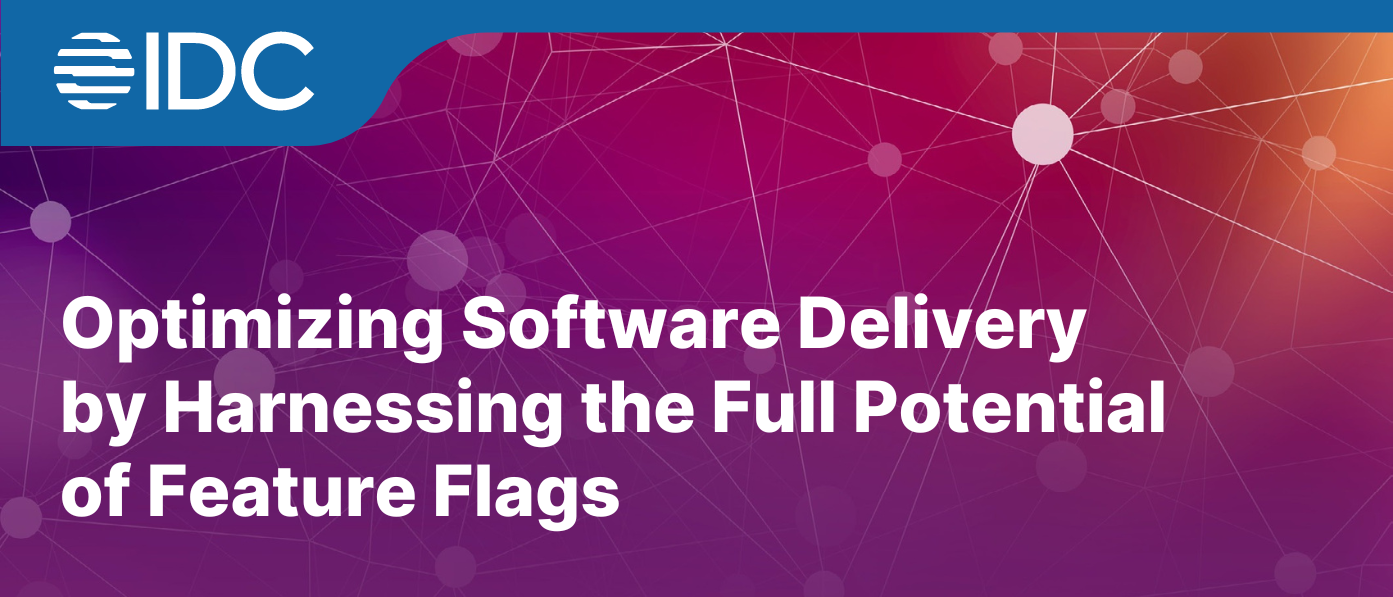This article is published in collaboration with the Digital Transformation and AI Awards and Summit. These are two separate B2B events organised by 31 Media. If you wish to exhibit your tech solutions or to advertise your brand at the event, please get in touch at +44 (0)203 931 5827. In this article, you’ll learn how the trends in data visualisation are shaping the future of software development.
Author: Karel Callens, CEO, Luzmo
How data visualisation trends are shaping the future of software development
The volume of data being created, shared and stored worldwide is growing exponentially. The ability to effectively visualise the information contained within that data has become increasingly crucial for businesses across all verticals. No longer just a tool for data scientists, data visualisation has emerged as an essential skill for a far broader pool of users, all of whom need to transform complex datasets into clear, actionable insights.
Consequently, developers are increasingly being tasked with integrating data insights into products, but analytics is just one of many complex elements that need their attention. This, coupled with the fact that the field of data visualisation is evolving at a breakneck pace, can be a major innovation challenge.
Moreover, software users have heightened expectations from data. They want real-time AI-powered insights to be seamlessly embedded within the software they rely on. End users also demand highly interactive, hyper-personalised and customisable experiences, and they want it yesterday.
It stands to reason that organisations with the most advanced analytics are more likely to outperform the competition. However, 2023 research from Accenture revealed only 25% of organisations were realising the potential of their data and analytics projects. Software apps today generate an overwhelming amount of data points, and product users need the best available visualisations to make sense of it all. With such a rapidly evolving industry, knowing what represents the “best available” is a challenge of its own.
The decline of traditional dashboards
Users of enterprise software will be more than familiar with the classic KPI dashboard, often hidden away under an “analytics” tab.
These traditional dashboards are being phased out in favour of more integrated, immersive data experiences. Rather than being confined to static screens, insights are embedded throughout applications—popping up during tasks like inventory management, marketing segmentation, or even report creation, blending seamlessly with other features to offer users relevant data right where they need it.
Furthermore, visualisation tools like Tableau and Power BI while excellent for analysts, can be cumbersome for everyday users who need quick, actionable data. Instead of relying on separate tools, metrics and visualisations are increasingly being embedded directly into the software users work with daily. The missing piece of these integrated analytics solutions is that they do not react to context.
The technology now exists to make these integrated components reactive to the other information being surfaced by the dashboards. This change in data does not only mean adding more information. Users have a limit on how many pieces of information they can process concurrently, the very best systems will only present the information that is needed. For developers deciding what not to show is almost as important as deciding what data to present without overloading the end user. Integrating analytics in this way streamlines workflows, making data-driven decisions more intuitive and natural.
The next generation of data visualisation
The days when data analysis was reserved for specialists are fading.
Recent advancements in AI are democratising data access, allowing anyone to analyse large datasets using natural language. For example, users can simply type a question like, “What was my top-selling product last quarter?” and receive a visual representation of the data instantly. This shift toward conversational data analytics is also fostering a new era of data storytelling, where AI helps users uncover and communicate compelling narratives within their data.
In the not-too-distant future, static charts could be obsolete as interactive data visualisation tools become the norm. As AR glasses and interfaces are beginning to enter the market, live analytics in a HUD could be one route to achieving the next generation of data visualisation. For example, a plant manager could be observing the factory floor while an analytics solution highlights areas for concern in real-time. This is currently a very niche use case, but as the costs of AR systems come down, it is an area businesses could explore to further increase productivity.
In industries like healthcare, manufacturing, and finance, timely decision-making is crucial. Companies using real-time data analytics are seeing significant benefits. Modern data visualisation prioritises real-time insights, ensuring that users can act quickly on the most current information. Whether through alerts, pop-ups, or other real-time features, these tools help teams respond swiftly to complex data scenarios.
As organisations continue to harness the power of data, visual representation enables quicker decision-making, improved communication, and a deeper understanding of trends and patterns. The rise of data visualisation underscores its growing importance in making sense of today’s data-driven world. An awareness of the trends shaping data visualisation is a big step in the right direction, executing that awareness though is going to take work.
The rise of the hyper-personalised
No two users are the same. For instance, an organisation might have developed a social media platform for marketers: the KPIs for a head of marketing will differ significantly from those for a social media manager, and even two managers at different companies might focus on entirely different metrics.
Modern data visualisations must be able to adapt to the user’s context, showing metrics relevant to their specific role, industry, and even platform usage. This level of personalisation extends to localisation, ensuring data is presented in the user’s language and timezone, and remains responsive across devices.
AI will play a crucial role in making future applications personalised, already there are examples of AI agents that customise analytics interfaces depending on the user’s role and context, down to their historic use of the platform. This technology can infer what insights the user might be looking for or have overlooked in the past. The next level of adaptation is to intelligently adjust tone and language selection on a user level to make sure that insights are communicated most effectively, regardless of the user’s expertise.
Despite the power of personalisation, some advanced users demand more control over their data. These “power users” want the ability to dive into raw data or explore niche metrics in depth. Consequently, customisable interfaces that enable users to create their charts, pin them to dashboards, or select from a variety of widgets are becoming increasingly popular.
Get in touch
For event sponsorship enquiries, please get in touch with [email protected]
For media enquiries, please get in touch with [email protected]

The post How data visualisation shapes software development first appeared on DevOps Online.

